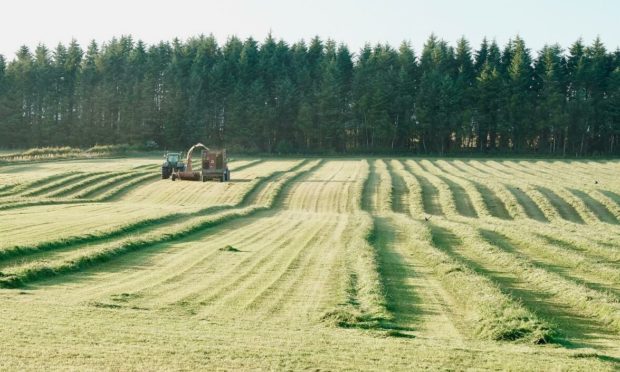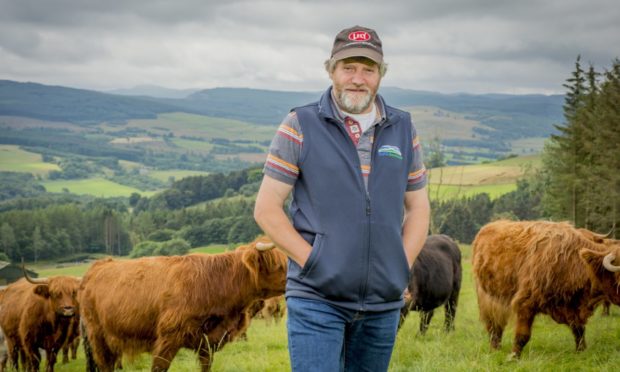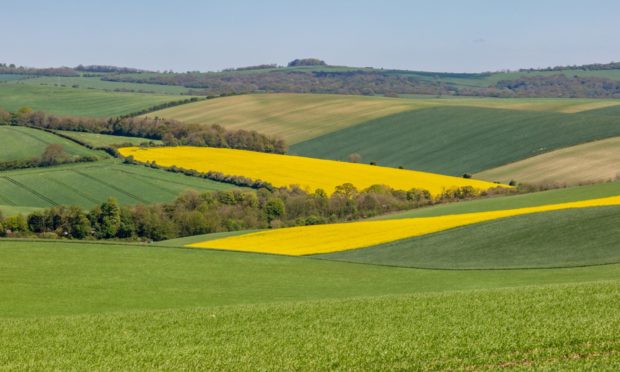Scottish farm leaders have published an action plan outlining how the sector can meet the twin challenges of climate change and biodiversity loss, while maintaining food production.
The policy paper – published by NFU Scotland (NFUS) in conjunction with agricultural economist Steven Thomson from Scotland’s Rural College (SRUC) and Dr Andrew Moxey from Pareto Consulting – sets out a framework for future Scottish agricultural policy.
NFUS president, Martin Kennedy, said the paper pulled together recommendations from the government’s farmer-led climate change groups and the union’s own Steps to Change proposals.
He said it outlined ways Scottish farmers and crofters can deliver on food production, climate change and biodiversity ambitions simultaneously.
“It’s now time for action and we need to move forward in a fairly rapid manner,” Mr Kennedy told a virtual press briefing.
“We are really keen that the Scottish Government pick up a lot of the recommendations that we have put together.”
NFUS director of policy Jonnie Hall, who was one of the authors of the policy paper, said: “For the past few years the rhetoric has been all around change but we need to move beyond that to a phase of delivery.
“Policy can no longer be about binary choices – it cannot be about food production or climate change or environment challenges. It’s absolutely the case now that we need an agricultural policy that meets all three of these requirements simultaneously.”
The paper proposes a future agricultural policy with flexibility and a focus on “how” production is undertaken, rather than “how much” production there is.
It calls for a transition period from the current support system to a new one, which is “increasingly conditional on attaining performance metrics aligned to desired environmental outcomes”, and for advisory support services to be available to help all farmers meet environmental and climate change targets.
Mr Kennedy said: “Our message to Scottish Government is that kick-starting change within the industry is required now so that farmers and crofters can start adjusting their systems and businesses through a transition phase to 2025 prior to a new Scottish agricultural policy being implemented.
“What is set out and achieved in the transition will determine success or failure in Scottish agriculture from 2026 onwards.”
This week the Scottish Government said it was committed to establishing an “integrated implementation board for development of new proposals for sustainable farming support” within the first 100 days of government.
A government spokesman said the board would consider all proposals put forward, including those made by the farmer-led climate change groups and NFUS.
The policy paper is available on the NFUS website at nfus.org.uk


